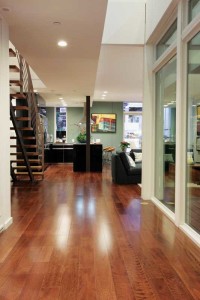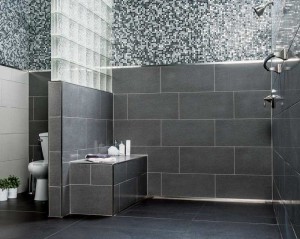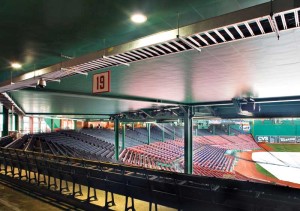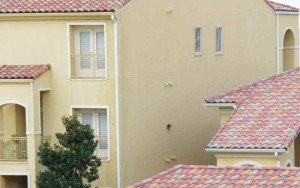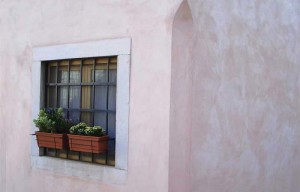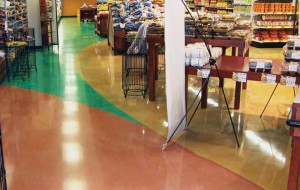Many residential and light commercial building owners seem to believe a tile installation is waterproof, and fail to pay enough attention (or money) to the proper treatment underneath.
+ Read More
|
When specifying wood floorcoverings in commercial buildings, considerations include facility type, specie, durability, design goals, and budget. For design teams not willing to settle for a ‘lookalike’ synthetic product, a starting point is deciding whether to specify solid-strip or engineered wood flooring.
+ Read More
|
The way we build bathrooms is changing. Owners of homes, condominiums, hotels, and spas want more than just utility—they are seeking a retreat-like atmosphere with the latest design elements, while still requiring reliability and durability. At the same time, many want their bathrooms to be barrier-free.
+ Read More
|
In the past, faucets were not a primary focus of water efficiency advocates, given the 1992 Energy Policy Act (EPAct) and subsequent U.S. Environmental Protection Agency (EPA) actions limited faucet flows to 8.3 L/minute (2.2 gallons per minute [gpm]) at 414 kPA (60 psi).
+ Read More
|
It is tempting to whittle commercial faucet choices down to two types: sensor and manual. However, there is more to consider. For ‘green’ buildings, while it seems obvious to find faucets that use less water, this oversimplifies the issue.
+ Read More
|
Once an exterior wall assembly mockup has passed performance testing—usually not without some adjustments—and the products (e.g. windows, curtain walls, and cladding panels) are released for fabrication and installation, the design/construction team faces a new challenge: ensuring modifications or improvements identified during this process are integrated into fabrication.
+ Read More
|
Exterior soffits perform essential functions for ventilating, shading, and directing water away from a building. Regardless of geography or climate, exterior soffits are subjected to positive and negative wind loads.
+ Read More
|
Observations of numerous building envelope failures in stucco (i.e. portland cement plaster) indicate it may lack durability when correct installation practices are not performed. One of the most common problems is cracked stucco and with the trend of using the material as a cladding, the situation will get worse.
+ Read More
|
As the most viewable buildings of their era still standing, the California Missions are not only state history made corporeal, but also one of the major reasons stucco is so common in the Southwest.
+ Read More
|
All over the United States, a hard truth is being uncovered—underneath carpet and vinyl tile in buildings everywhere, there lurks ugly concrete. With acceptance of exposed concrete floors on the rise, and remodeling continuing to dominate the construction market, plans to polish existing concrete subfloors are numerous.
+ Read More
|
|
|




